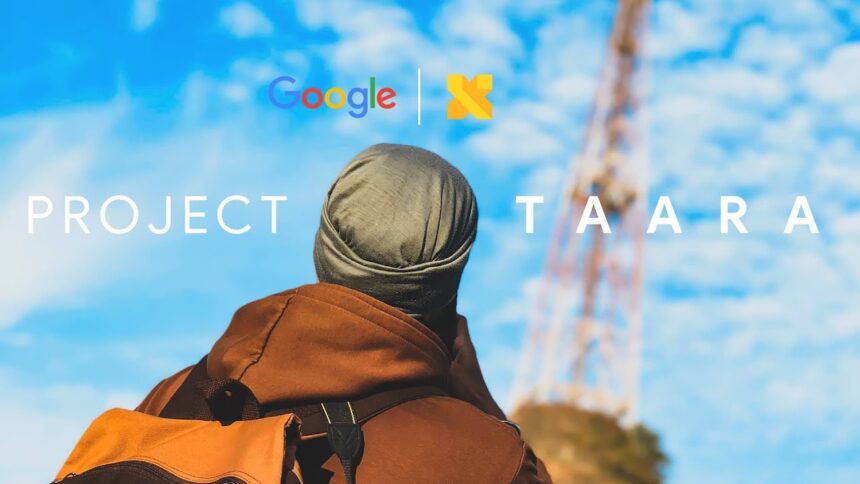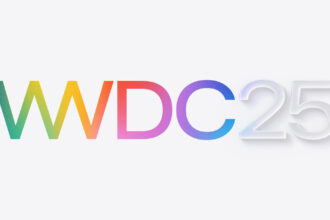On Monday, March 17, 2025, Alphabet, Google’s parent company, spun out Taara Lightbridge from its X “moonshot” division into a standalone entity, igniting a fresh rivalry with Elon Musk’s Starlink. Unlike Starlink’s satellite-driven broadband, Taara leverages Free Space Optical Communication (FSOC) to beam high-speed internet via light across 20 kilometers at up to 20 gigabits per second. With operations already live in 12 countries and a focus on scaling in Tanzania, Kenya, Zimbabwe, and Nigeria, Taara’s targeting 3 billion unconnected people—including 860 million in Africa. Here’s how this laser-powered contender stacks up in the race for global connectivity.
Taara’s Tech: Fiber Without the Cables
Taara Lightbridge acts like “invisible fiber optics in the sky,” transmitting data through narrow light beams instead of glass cables. Its traffic-light-sized terminals—soon shrinking to fingernail-sized chips—mount on rooftops or cell towers, hitting 20 Gbps over 20 km. This exploits light’s shorter wavelength for higher bandwidth than Starlink’s radio waves. Early wins include linking Kinshasa and Brazzaville across the Congo River (5 km, 700TB in 20 days) and boosting urban connectivity in India. CEO Mahesh Krishnaswamy touts rapid deployment: “Hours, not months,” bypassing fiber’s trenching woes.
But there’s a catch—FSOC needs line-of-sight. Fog, rain, or buildings can disrupt signals. Taara counters with AI-driven mirrors that lock beams in real-time, achieving 99.9% uptime in Congo tests. Still, it’s no match for Starlink’s weather-agnostic satellites in versatility.
Starlink’s Satellite Edge vs. Taara’s Ground Game
Starlink’s 7,000+ satellites (aiming for 42,000) blanket the globe, serving 5 million subscribers in 125 countries with speeds up to 220 Mbps (averaging 100 Mbps in rural areas, per Ookla). Its $9.3 billion 2024 revenue reflects a consumer-direct model—$599 kits plus $120/month subscriptions. Taara, by contrast, partners with telcos like Liquid Telecoms and T-Mobile, extending existing networks to rural villages or disaster zones. Its 20 Gbps dwarfs Starlink’s per-user bandwidth, especially in dense areas where satellite capacity splits thin.
Cost is Taara’s ace: no $600 million rocket launches or $100,000-per-satellite upkeep. Krishnaswamy claims it could deliver “10 to 100 times more bandwidth” than Starlink at “a fraction of the cost,” though current Lightbridge setups hover around $30,000 (shrinking with chip tech). Starlink’s capex—$10 billion since 2019—makes Taara’s ground-based pitch leaner, if less global.
Africa and Beyond: Taara’s 2025 Playbook
Taara’s scaling fast in Africa, where 860 million lack reliable internet (ITU, 2024). Pilots in Kenya, Zimbabwe, and Nigeria with Liquid Telecoms aim to bridge rural gaps, while Tanzania’s rollout targets 2025 completion. In 2021, it slashed Kinshasa’s internet costs fivefold versus fiber detours (400 km vs. 5 km laser hops). Globally, it’s live in 12 countries, including India and the U.S. (T-Mobile tests), with Series X Capital funding its push past Alphabet’s minority stake.
Starlink, meanwhile, dominates Africa’s satellite scene—1 million users by Q3 2024—but faces regulatory snags (e.g., Kenya’s spectrum disputes) and higher costs ($120/month vs. local incomes). Taara’s ISP model could undercut this, especially if its chip shrinks deployment to “every home,” as Krishnaswamy envisions.
Challenges and the Connectivity War
Taara’s line-of-sight Achilles’ heel limits urban scalability—skyscrapers and storms could derail it. Starlink’s space-based resilience sidesteps this, though congestion in populated zones caps speeds (e.g., 50 Mbps in oversubscribed U.S. cities, per X posts). Taara’s post-Loon pivot (RIP 2021 balloons) bets on terrestrial FSOC refining what satellites can’t: high-capacity, low-cost backhaul. But with Amazon’s Kuiper (3,200 satellites by 2026) looming, the fight’s heating up.
Posts on X buzz with optimism—@LebenTech calls Taara’s bandwidth “game-changing”—but skeptics flag weather risks (@tkpoliticalbrew: “Lasers vs. fog?”). Trump-era tariffs could hike Starlink’s satellite costs, while Taara’s ground gear dodges space red tape.
2025 Outlook: Laser or Stars?
Taara’s not toppling Starlink’s 5 million subs anytime soon—its B2B focus contrasts Musk’s consumer empire. But with 3 billion offline and a $500 billion connectivity market by 2028 (Nvidia’s Huang), there’s room for both. Taara’s chip rollout (2026) could slash costs below $1,000 per unit, per Krishnaswamy’s hints, while Starlink’s 2 Gbps upgrades (2025 target) keep it ahead in reach. Q3 2025 deployments in Africa will test Taara’s scale—watch Liquid Telecoms’ reports for the verdict. For now, Alphabet’s laser play is a grounded foil to Musk’s starry reign.














